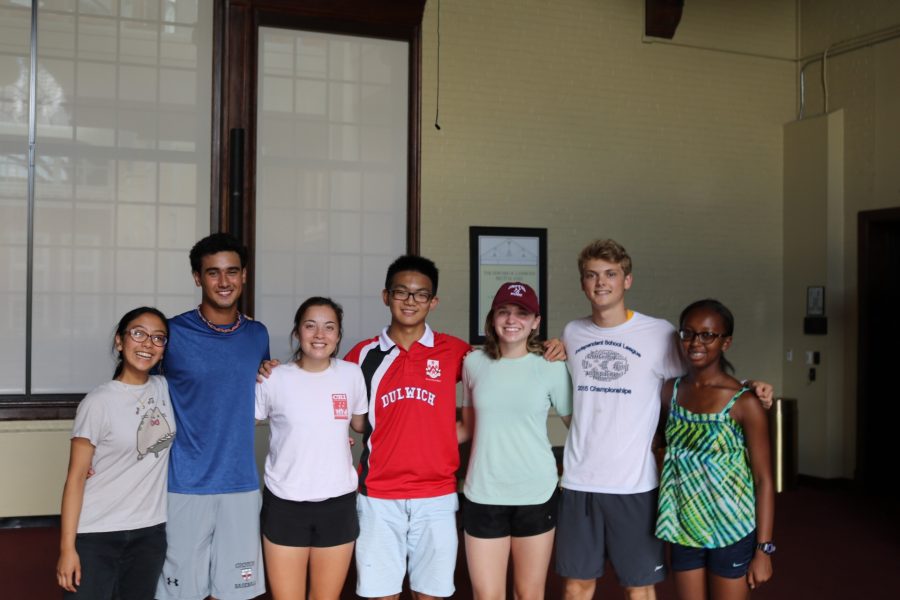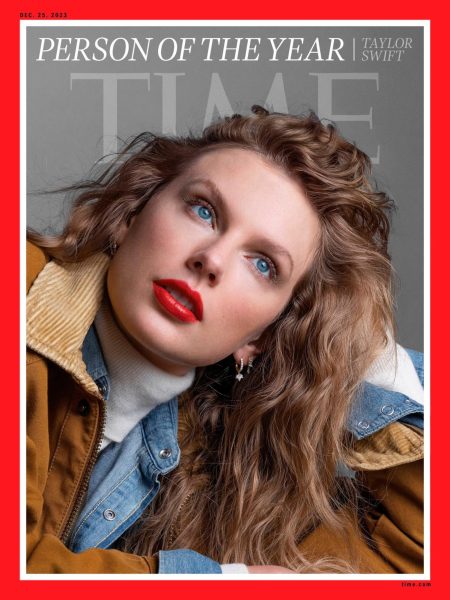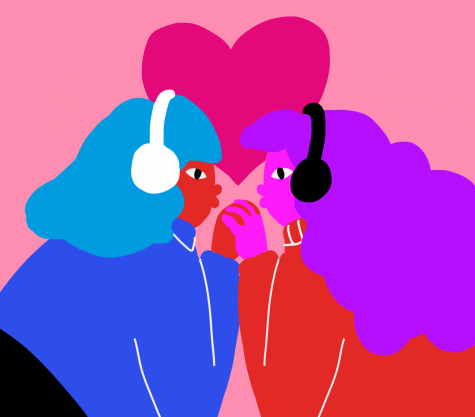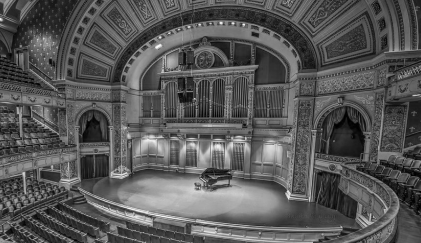An introduction to the arts at Groton
The Music Prefects
GUAC
GUAC, or the Groton Undiscovered Artist Club, is an Instagram account (@thisisguac) created in October 2015 featuring a range of artwork by students and faculty, from photography to white-board sketches, knitting, and body art. GUAC has now more than three hundred followers and this year’s Art Prefects continue to post creative content by budding or seasoned artists in the Groton community. To submit your own art, simply send the page a direct message!
Open Mic
Open Mic is an opportunity for students or faculty to perform anything from music to stand-up comedy, poetry, or dance in front of the community. Phoebe Fry ’17 and Piper Higgins ’17, regular performers since Second Form, now run the show, which takes place in Gammons Recital Hall about twice per term.
Choir
The choir, open to all Groton students and faculty, sings for Sunday Chapel and various other community events, including Lessons and Carols in the winter. Its repertoire includes music from Western Classical tradition as well as modern and global pieces. A full-credit class rather than an extracurricular activity, choir meets regularly during the academic week. As Mr. Moriarty, chapel organist and Director of Choral Music, says, “The musical spirit it engenders and the camaraderie are infectious.” While the Chamber Choir is a smaller auditioned group, anyone can join the full choir.
Grotones
Anson Jones ’17 and Becky Zhang ‘18 run Grotones, the all-female a cappella group on campus. The group meets once a week and performs songs from a combination of genres regularly at school events including Parents Weekend, the Spring Concert, and Revisit Day. Anson says that they “are hoping to expand the group and perform more often for fun.” Students in any form with any level of experience can audition in the fall.
Maqupellas
The Maqupellas, ingeniously named after Mr. and Mrs. Maqubela, is the all-male a cappella group run by Matthew Higgins Iati ’17 and Julien Alam ‘19. Their repertoire consists of both contemporary and traditional music, from “We Will Rock You” to “Loch Lomond,” and they occasionally combine with the Grotones to mix it up and sing in a wider vocal range. “We want to get people involved and enjoying music while also expanding their performance experience no matter what level they’re at,” says Matthew. As with the Grotones, students in all forms are encouraged to audition this fall.
Steel Drums
One of Groton’s many quirks is the Second Form Steel Drums requirement. Each Second Former, regardless of his or her musical experience or interest, must take a term to learn the steel drum, a modern pitched percussion instrument. The classes perform covers of all types, from Macklemore to Disney to Simple Minds, once a term. The fall class also performs at the Parents’ Weekend Concert. All previous students will agree that Steel Drums is undeniably one of the most memorable aspects of Second Form.
Jazz Ensemble
Similar to choir, Jazz Ensemble is an academic class open to students of all ages and abilities. The group is a nurturing environment for students to hone their instrumental skills and develop relationships with students from other forms, as well as “improve your individuality,” says the group’s dynamic leader Kenji Kikuchi. Jazz Ensemble performance opportunities include Parents Weekend, the Christmas Pops Concert, Ryles Jazz Club in Cambridge, the Spring Concert, and chapel performances.
Gospel Choir
One of the most spirited groups on campus, Gospel Choir is also possibly the most inclusive–anyone can join regardless of musical ability or experience. The group performs during chapel and at various concerts, including the annual REJOICE High School Gospel Festival.
Orchestra
A full credit class, students are encouraged to join to perfect their classical musicianship. The group performs frequently in chapel and went on a tour of Eastern Europe this past summer.
The Grotonian
Groton’s literary and arts magazine, printed biannually, features self-submitted student work. The fall issues consists of Sixth Form Expo essays while the spring issue includes poetry and short fiction from all forms.





